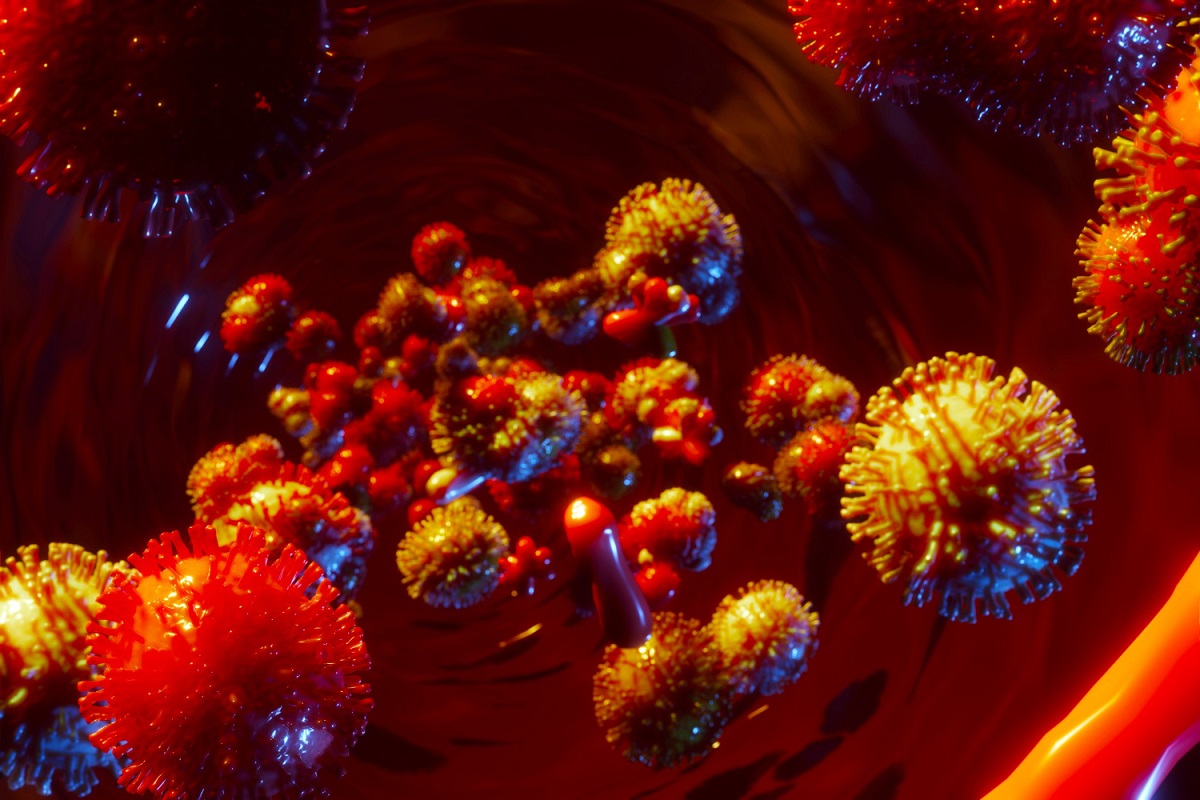KEY TAKEAWAYS
- The SENTICOL2 study aimed to investigate the immune gene expression profiles and immunoregulation mechanisms of SLN in CC.
- Researchers noticed that negative SLNs showed a critical immunogenetic profile; further investigation is ongoing.
The lymphatic spread in cervical cancer (CC) primarily begins from the sentinel lymph nodes (SLNs), underlining their crucial role in disease metastasis. However, these nodes’ immune gene expression profiles and immunoregulation mechanisms have not been extensively explored yet.
Gaurav Thareja and the team aimed to elucidate the immune cell populations and their roles in the immune gene expression profile of negative SLNs vs. positive SLNs and non-SLNs using nanostring RNA sequencing analysis.
Researchers enrolled 24 consecutive pts with CC in the SENTICOL I and II (NCT01639820) studies and in the DECIDE protocol (NCT03958240) and performed a principal component analysis (PCA) on the log2 normalized expression of 685 endogenous genes in the nCounter PanCancer Immune Profiling Panel, followed by an assessment of differential gene expression and immune cell type abundance.
They found significant variations in gene expression among the groups. Negative SLNs displayed overexpression of genes related to tumor-infiltrating immune cells, specifically innate cell populations. They also demonstrated the upregulation of genes involved in antigen presentation and T-cell priming.
In contrast, positive SLNs were enriched in regulatory networks, suggesting their potential role in immune evasion. A comparison of negative SLNs and non-SLNs revealed increased innate and adaptive immune cell types, underscoring the ongoing T cell response to tumor antigens.
The study concluded that negative SLNs exhibit a specific immunogenetic phenotype profile, emphasizing their crucial role in the initial anticancer response, immunosurveillance, and the propagation of immune tolerance from the primary cervical tumor.
These results highlight the potential of SLNs as a novel target for immunotherapy strategies and underscore the importance of new imaging methods for accurately identifying SLN status without removal.
Future investigations are needed to further understand the immunological interplay within SLNs and their influence on CC progression.
The study was funded by the French National Cancer Institute (STIC 2008 and 2012) and the trial was sponsored by Hospices Civils de Lyon.
Source: https://pubmed.ncbi.nlm.nih.gov/39009451/
Clinical Trial: https://clinicaltrials.gov/study/NCT01639820
Thareja G, Salvioni A, Lauzeral-Vizcaino F, et al. (2024). “Assessing the implications of sentinel lymph node removal in cervical cancer: an immunogenetic perspective – a SENTICOL ancillary study.” J Immunother Cancer. 2024 Jul 15;12(7):e008734. doi: 10.1136/jitc-2023-008734. PMID: 39009451.



